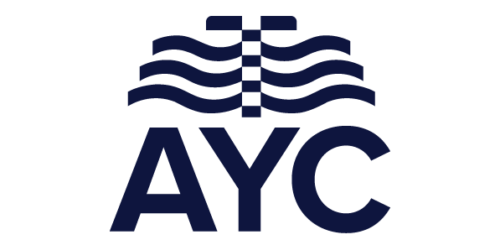The Definition Of Synchronous Learning
The Definition Of Synchronous Learning
Short version: As a general rule, Synchronous Learning occurs when students learn the same thing at the same time–online or offline.
In The Definition Of Asynchronous Learning, I offered that asynchronous learning was when students learned the same thing at different times. Obviously there’s more to it than that but that’s the gist of it in most digital classrooms and related learning environments. The big idea is ‘together’ (an idea that often implies ‘same’).
What Is Synchronous Learning?
What is synchronous learning? Synchronous learning is when students learn the same thing at the same time–through a lecture (online or in-person), for example. Synchronous learning is a kind of ‘group learning’ that happens in a way that’s unified by time and space–that is, students generally learn the same or similar content at more or less the same time and generally the same place.
As opposed to asynchronous learning, synchronous learning is characterized by the theme of togetherness and all of the pros and cons that a large group of people doing something together brings with it. If you think of these as features or constraints–namely time, place, and pace (that is when learning happens, where it happens, and who controls the pace of that learning) is a matter of how you frame it all–your biases and experiences and so on. But in a nutshell, that’s the definition of synchronous learning.
Synchronous Learning Online Or Off: eLearning vs In-Person
Traditionally, asynchronous and synchronous learning are thought of as types of eLearning, but most physical, brick-and-mortar classrooms that feature lecture, group discussion, and collaborative activities are all technically ‘synchronous.’ This is in contrast to a self-directed learning environment where students learned ‘independently’ of one another–especially the same content, which would technically be asynchronous.
Wikipedia explains that “students watching a live web stream of a class, while simultaneously taking part in a discussion. Synchronous learning can be facilitated by having students and instructors participate in a class via a web conferencing tool. These synchronous experiences can be designed to develop and strengthen instructor-student and student-student relationships, which can be a challenge in distance learning programs.”
While historically, most eLearning was necessarily asynchronous, the growth of computer technology–including bandwidth, video streaming, messaging and chat, social media, and more–has allowed online learning to become more synchronous. This places it more in line with the face-to-face instruction occurring in most schools and districts in K-12 today. Online synchronous learning has disadvantages (which include new dynamics for student engagement, classroom management, and personalization of learning), but also advantages including new definitions for community, new possibilities for backchannel discussion, and the ability to record and replay learning experiences over time.
We will follow up on examples of synchronous learning in a follow-up post but a few include quizzes, most classroom activities, classroom lecture (online or offline), face-to-face group discussion, in-person, collaborative project-based learning, debate, Socratic discussion, timed learning sessions or formal assessment-as-learning (testing), and more.








